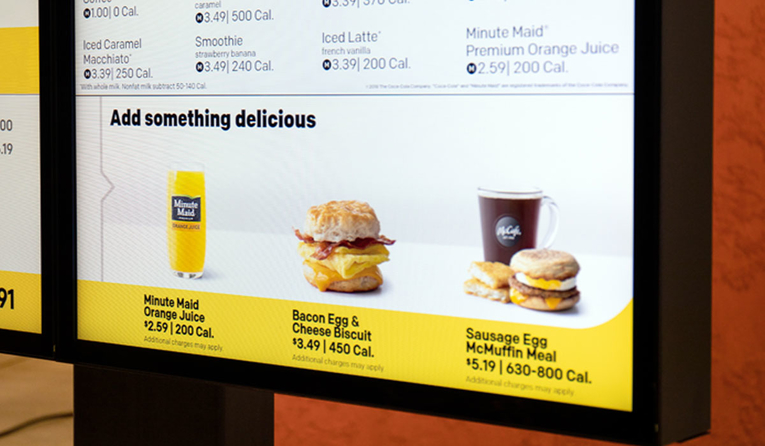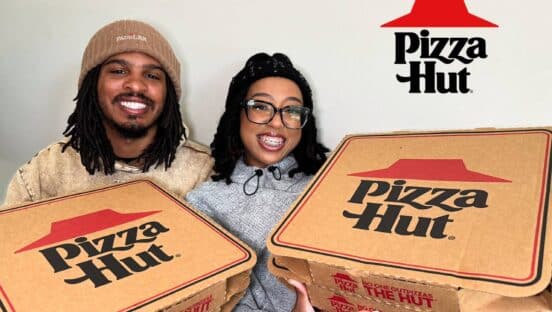When McDonald’s acquired Dynamic Yield, it served as a massive wake up call to the entire restaurant and foodservice industry: machine learning in foodservice is not only here to stay, it will be the backbone of customer service and marketing across the industry within a decade.
Based solely on McDonald’s financial performance, the idea that it needs to “evolve” its business in order to remain competitive may seem unusual. In 2018 alone, the chain reported $6 billion in net income, serving more than 68 million customers every day. But the opportunities presented by machine learning are so profound and lucrative that even the $300 million acquisition price will end up looking like a steal.
In many ways, the Dynamic Yield deal is directly in line with the innovation that made McDonald’s famous to begin with: assembly line food preparation. Winding the clock back to when McDonald’s first began, there was one problem it wanted to solve: speed. Faster food meant more customers could be served in less time and with lower overhead. In today’s world, speed isn’t enough—anyone can get food fast—the only higher “gear” you can shift into is prediction. That’s exactly what McDonald’s will do with Dynamic Yield: predict what the customer wants before they ever know they want it.
That level of speed isn’t truly about getting customers their orders faster—it’s about increasing spend and building loyalty. The acquisition of Dynamic Yield is McDonald’s “Amazon moment:” the point at which the brand becomes so good at anticipating and catering to consumer behaviors and desires that it will force all other competitors to evolve or fall by the wayside.
One dramatic example of McDonald’s new predictive abilities through Dynamic Yield will be the ability to customize drive-thru menus instantly on any number of factors—from the make and model of your car, to the time of day, to the weather outside. Through its machine learning model, the menu and offers you see driving your pickup truck during a hot work week (Big Macs and cold sodas) may be dramatically different than the menu seen when you’re driving a station wagon on a cold weekend likely filled with a family (Happy Meals, hot coffee and cocoa).
This validates what we at Punchh already know based on our work with more than 160 global brands: the online world has trained customers, even in the physical world, to expect instant personalization, customization, and recommendations. Whether it’s Amazon recommending another pair of shoes you may like based on your browsing or order history, or Netflix suggesting TV shows similar to the one you just binged, the idea of “hunting” through a store or a menu is something fewer customers want to do.
More to the point: every time you interact with a customer and don’t offer them something highly customized and relevant to their personal interests, you are missing an opportunity to make a sale or earn their loyalty.
While endless stories have been written about the death of brick-and-mortar retail or restaurants due to Amazon or online food delivery, it is important to keep in mind that 90 percent of today’s retail sales still happen offline. The challenges facing retailers are not about getting customers to come in—the challenges are maximizing both the value they offer consumers and the value they derive from each visit. How you deliver and gain that value all comes down to the collection and use of data.
In fact, physical retailers have even more data than their online counterparts—it’s really one continuum and not two separate and siloed experiences. Big brands never have issues with not having enough data, they often have issues with not knowing what the data is telling them about their customers behaviors and habits.
This acquisition will give McDonald’s data to increase sales at the point-of-purchase, by offering you favorite meal items and recommendations based on what is most popular with other customers. If customers go one step further and opt in to loyalty programs and identify themselves, every transaction will be tracked and you can become more relevant by serving up their favorites and recommending what others typically buy.
What’s important to understand is to drive loyalty among your customers you need to cater to each one’s individual needs. You don’t drive loyalty by having one loyalty program targeting a million users, you actually need a million programs targeting each individual with relevant one-to-one personalized content.




